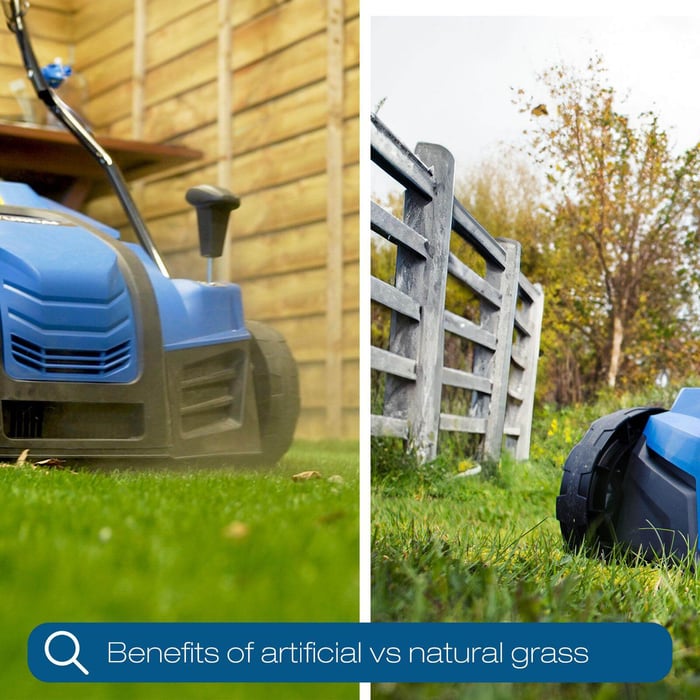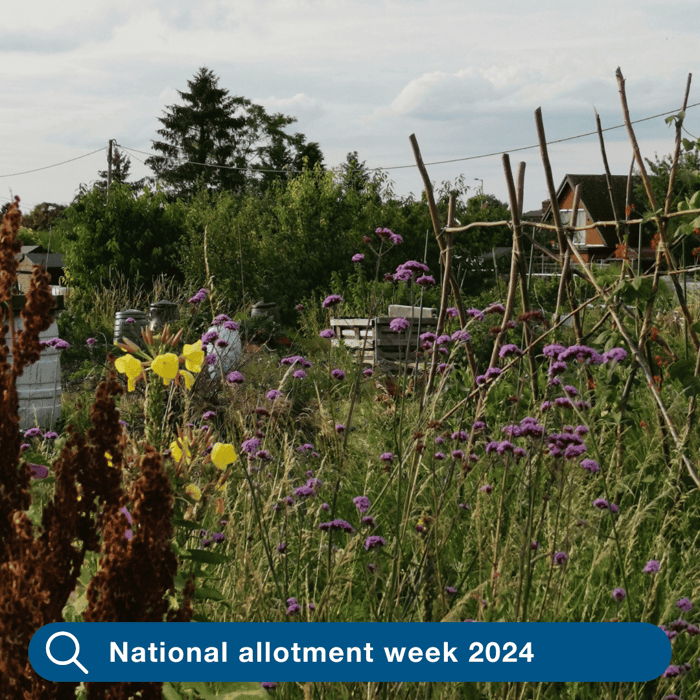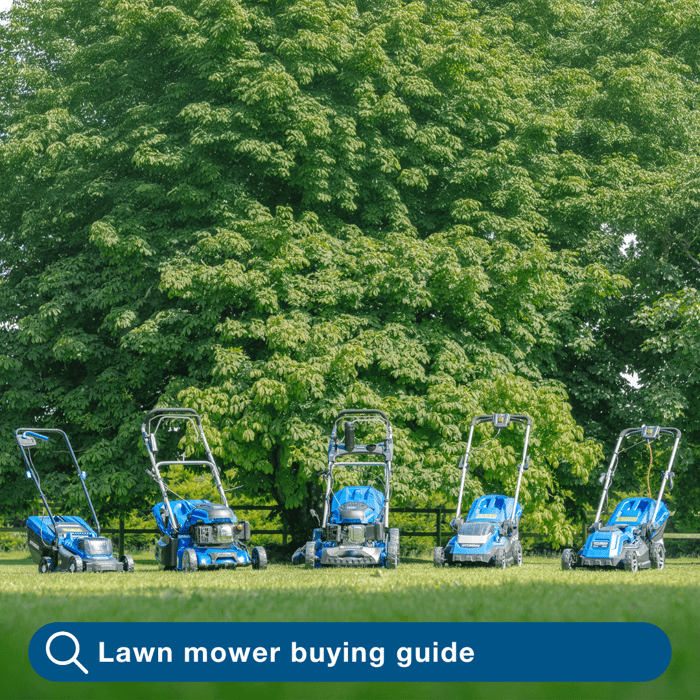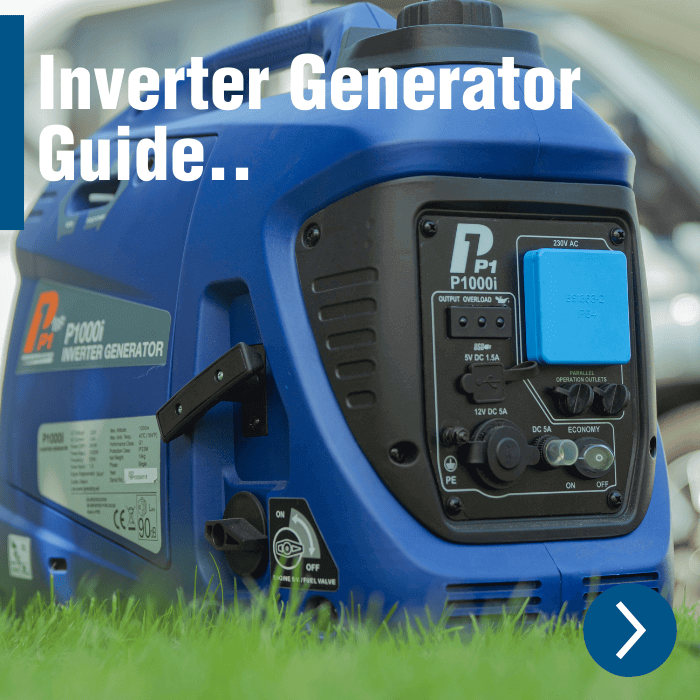
Benefits of Artificial Lawns vs. Real Grass
Hyundai Power Products / Category Lawn Care / Published: Jully-17-2024
At Hyundai Power Equipment we love lawns in all shapes and sizes, but we understand that real grass may not be suitable for everyone. When planning your lawn, you may want to consider both artificial lawns and natural grass, focusing on maintenance, water usage, and durability. Each option has its advantages and disadvantages, making them suitable for different needs and preferences
Maintenance
Artificial Lawns:
Low Maintenance: Artificial lawns require minimal upkeep. There’s no need for mowing, fertilizing, or pest control, saving time and money.
Consistency: These lawns maintain a uniform appearance year-round, remaining green and lush regardless of weather conditions.
Real Lawn:
-
Some Maintenance: Requires regular mowing, fertilizing, watering, and pest management, which can be time-consuming and costly.
-
Environmental Benefits: Natural grass filters pollutants, produces oxygen, and supports biodiversity.
Water Usage
Artificial Lawns:
Water Efficiency: Once installed, artificial lawns do not require watering, making them ideal for areas prone to drought or water restrictions.
Cost Savings: Reduced water usage translates to lower water bills.
Real Lawn:
High Water Consumption: Maintaining a natural grass lawn can be water-intensive, especially in dry climates.
Environmental Concerns: Overuse of water resources can contribute to water shortages, though efficient irrigation systems can help.
Durability
Artificial Lawns:
-
Long-lasting: Designed to withstand heavy use and harsh weather, artificial lawns are highly durable and can last for many years.
-
Resilience: Resistant to wear and tear, ideal for high-traffic areas like sports fields and playgrounds.
Real Lawn:
-
Natural Regeneration: While it can repair itself, natural grass is susceptible to damage from heavy use, extreme weather, and pests.
-
Softer Surface: Provides a softer, more cushioned surface, which is beneficial for activities involving falls or impacts.
How to maintain an artificial lawn?
Maintaining an artificial lawn involves regular cleaning, brushing, and occasional repairs to keep it looking its best. Here are some key steps:
-
Regular Cleaning: Remove debris such as leaves, twigs, and dirt using a leaf blower or an Artificial Lawn Sweeper like the Hyundai HYSW2000E 2000W 16” / 40cm Artificial Grass Sweeper. This tool efficiently sweeps the lawn, collects debris into its 55L collection bag, and helps maintain the grass's appearance and hygiene.
-
Brushing: Periodically brush the lawn to keep the grass fibers upright and to evenly distribute the infill. Hyundai Artificial Grass Sweeper's multi-use brush is perfect for this task, ensuring the grass remains lush and natural-looking.
-
Spot Cleaning: Address spills and stains promptly using water and mild soap. For tougher stains, a vinegar-water solution can be effective.
-
Weed Control: Occasionally, weeds may appear along the edges or seams. Use a weed killer that is safe for artificial turf to keep these under control.
-
Repair and Maintenance: Check for any damage or wear, particularly at seams and edges, and perform necessary repairs to prevent further issues.
To easily manage artificial grass, you may want to consider an electric or battery-operated lawn sweeper. These garden tools make easy work of clearing leaves and debris from artificial lawns. You can even achieve a striped lawn with a grass sweeper.

 Expert Advice and Aftersales
Expert Advice and Aftersales Free UK Delivery*
Free UK Delivery*

